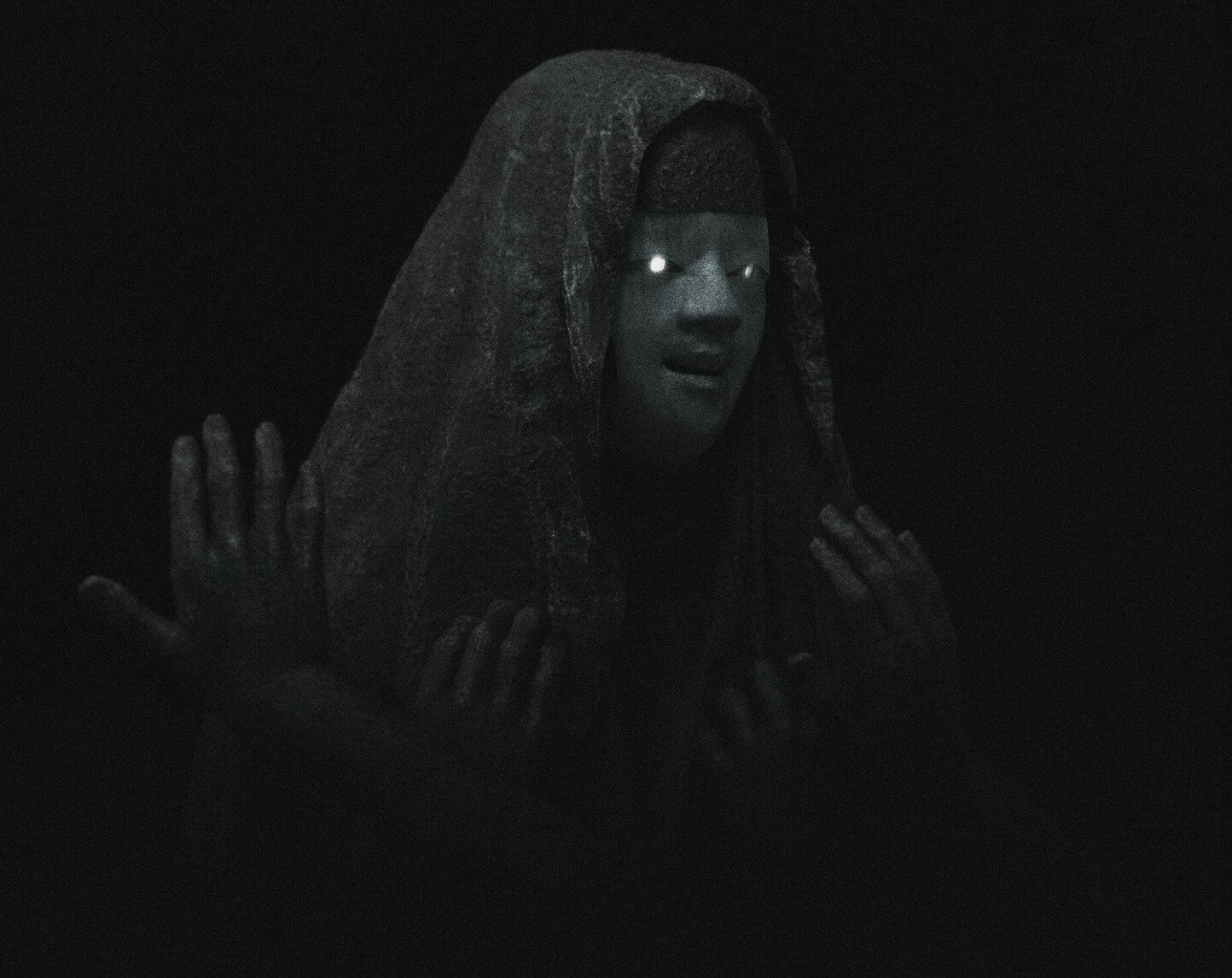 Image 1 of 5
Image 1 of 5

 Image 2 of 5
Image 2 of 5

 Image 3 of 5
Image 3 of 5

 Image 4 of 5
Image 4 of 5

 Image 5 of 5
Image 5 of 5






Free Character Design Research Tool
Character Design Isn’t Just a Final Image. It’s Research
Great character design doesn't start with a polished sketch. It starts with understanding who your character really is. This free character design research tool helps you plan smarter, save time, reduce iterations, and avoid blowing your budget on reworks.
Use this tool to design story-driven characters with depth.
Step 1: Define the Character's Ego
The Ego is a psychological filter we all have. It shapes how we see the world. In character design, it helps create internal consistency.
Example: Designing an introverted serial killer? He might wear a Matrix-style black coat and dark shades, projecting mystery. But maybe he owns a cat.
Why? It’s unexpected but meaningful. Cats are independent and solitary, traits he relates to, consciously or not. That connection reflects his Ego.
Step 2: Explore Their Culture
Culture is the shared values, beliefs, and habits of the group your character comes from. It adds background, context, and credibility.
Example: Say you’re designing a biologist. Should they look a little hippie? Maybe they wear a subtle beaded bracelet or a braid tied with natural fibers. Something rooted in their past. It signals a connection to nature and a personal history. Now, you're not just designing a profession. You're designing a person.
Whether you’re working on a game, film, comic, or personal project, this guide helps you build authentic, story-driven designs — and avoid endless revisions, wasted time, or shallow clichés.
The Guide:
What You’ll Find:
A map to lay your character’s Ego look — the personal traits that shape how they see the world
Sections to visually reflect your character’s Culture — shared values, beliefs, and personal history
Adding subtle visual cues — colors, patterns, props — to build deeper narrative meaning
A system of to support why great design isn’t “random cool ideas,” but a set of symbols that communicates fast
This is not a cookie-cutter style guide.
It’s a thinking tool to plan characters with intention. Built for those who need quick and high quality results and validate their ideas in production before committing any resources.
Download the free mini-guide now.
Character Design Isn’t Just a Final Image. It’s Research
Great character design doesn't start with a polished sketch. It starts with understanding who your character really is. This free character design research tool helps you plan smarter, save time, reduce iterations, and avoid blowing your budget on reworks.
Use this tool to design story-driven characters with depth.
Step 1: Define the Character's Ego
The Ego is a psychological filter we all have. It shapes how we see the world. In character design, it helps create internal consistency.
Example: Designing an introverted serial killer? He might wear a Matrix-style black coat and dark shades, projecting mystery. But maybe he owns a cat.
Why? It’s unexpected but meaningful. Cats are independent and solitary, traits he relates to, consciously or not. That connection reflects his Ego.
Step 2: Explore Their Culture
Culture is the shared values, beliefs, and habits of the group your character comes from. It adds background, context, and credibility.
Example: Say you’re designing a biologist. Should they look a little hippie? Maybe they wear a subtle beaded bracelet or a braid tied with natural fibers. Something rooted in their past. It signals a connection to nature and a personal history. Now, you're not just designing a profession. You're designing a person.
Whether you’re working on a game, film, comic, or personal project, this guide helps you build authentic, story-driven designs — and avoid endless revisions, wasted time, or shallow clichés.
The Guide:
What You’ll Find:
A map to lay your character’s Ego look — the personal traits that shape how they see the world
Sections to visually reflect your character’s Culture — shared values, beliefs, and personal history
Adding subtle visual cues — colors, patterns, props — to build deeper narrative meaning
A system of to support why great design isn’t “random cool ideas,” but a set of symbols that communicates fast
This is not a cookie-cutter style guide.
It’s a thinking tool to plan characters with intention. Built for those who need quick and high quality results and validate their ideas in production before committing any resources.
Download the free mini-guide now.































